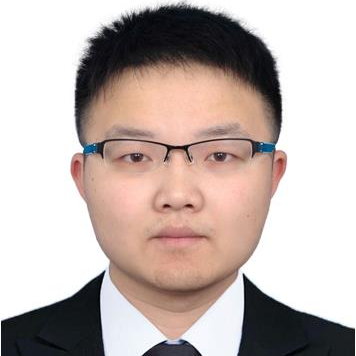Recent Advances in RF Rectifying Technology for EM Energy Harvesting and Wireless Power Transfer
A special issue of Electronics (ISSN 2079-9292). This special issue belongs to the section "Power Electronics".
Deadline for manuscript submissions: 15 September 2024 | Viewed by 716
Special Issue Editors
Interests: antennas; RF metasurfaces; reconfigurable antennas and RF devices
Interests: microwave circuit; power amplifier; rectifier
Special Issues, Collections and Topics in MDPI journals
Special Issue Information
Dear Colleagues,
Radio frequency (RF) rectifying technology plays a vital role in electromagnetic (EM) energy harvesting and wireless power transfer applications. RF-to-DC conversion methods involve specialized circuits and components, such as diodes, resonant circuits, and impedance-matching networks. The antenna and rectifier circuit are essential components of an RF power harvesting system, enabling the conversion of RF power or alternating current (AC) into DC energy. Advancements in electromagnetic energy conversion techniques have paved the way for numerous applications, including wireless charging for electronic devices, energy harvesting for Internet of Things (IoT) sensors, and wireless power transfer for electric vehicles. These technologies offer the potential for increased convenience, mobility, and sustainability by eliminating the need for physical connections and enabling autonomous operation. Recent advancements in RF rectifying technology have opened up new possibilities and challenges in the field. This Special Issue aims to gather and showcase the latest research and breakthroughs in RF rectifying technology for EM energy harvesting and wireless power transfer.
Topics of interest:
We invite researchers from academia and industry to contribute their original research articles, reviews, and case studies on the following topics but not limited to:
- Novel RF rectifying circuit designs for efficient energy conversion;
- Wideband and broadband rectennas for multi-frequency energy harvesting;
- Adaptive and reconfigurable rectifying systems for enhanced power transfer efficiency;
- Integration of rectifying technology with energy storage devices;
- Efficient rectifying techniques for low-power and IoT applications;
- Optimization approaches for maximizing energy harvesting from RF sources;
- Advanced materials and fabrication techniques for RF rectifiers;
- RF energy harvesting in challenging environments and scenarios;
- Wireless power transfer using RF rectifying metasurface;
- Standardization and regulatory aspects of RF rectifying technology.
Dr. Chao Gu
Dr. Zhiwei Zhang
Guest Editors
Manuscript Submission Information
Manuscripts should be submitted online at www.mdpi.com by registering and logging in to this website. Once you are registered, click here to go to the submission form. Manuscripts can be submitted until the deadline. All submissions that pass pre-check are peer-reviewed. Accepted papers will be published continuously in the journal (as soon as accepted) and will be listed together on the special issue website. Research articles, review articles as well as short communications are invited. For planned papers, a title and short abstract (about 100 words) can be sent to the Editorial Office for announcement on this website.
Submitted manuscripts should not have been published previously, nor be under consideration for publication elsewhere (except conference proceedings papers). All manuscripts are thoroughly refereed through a single-blind peer-review process. A guide for authors and other relevant information for submission of manuscripts is available on the Instructions for Authors page. Electronics is an international peer-reviewed open access semimonthly journal published by MDPI.
Please visit the Instructions for Authors page before submitting a manuscript. The Article Processing Charge (APC) for publication in this open access journal is 2400 CHF (Swiss Francs). Submitted papers should be well formatted and use good English. Authors may use MDPI's English editing service prior to publication or during author revisions.
Keywords
- antenna
- rectifier
- rectenna
- power amplifier
- metasurface
- schottky diode
- impedance matching
- energy harvesting
- wireless power transfer






